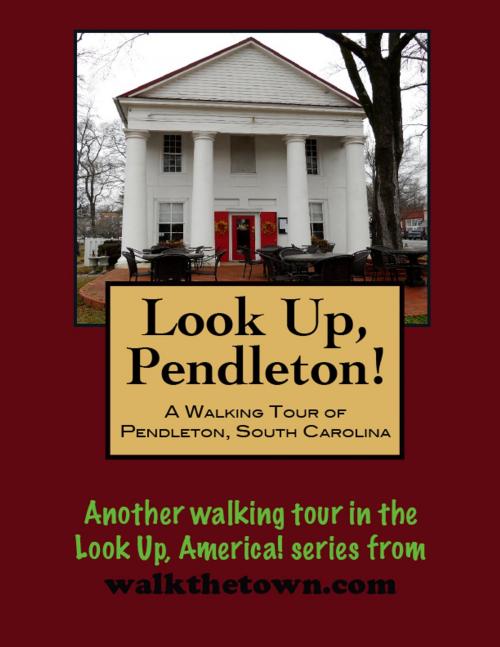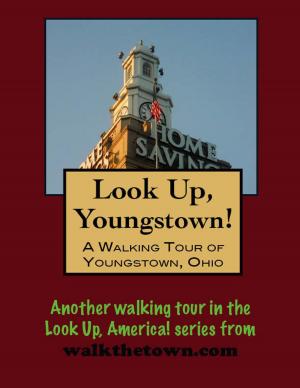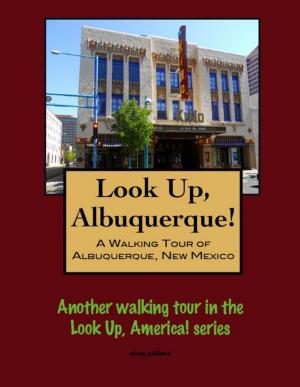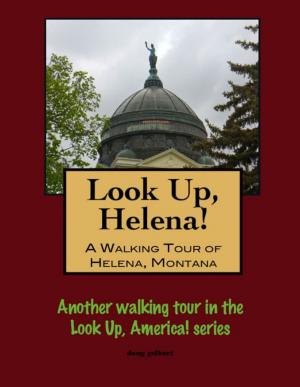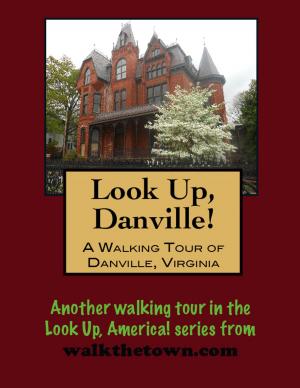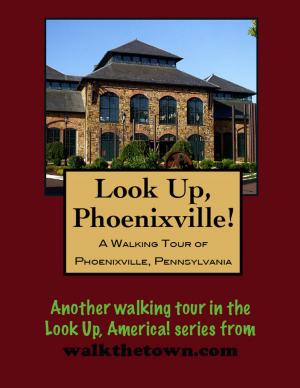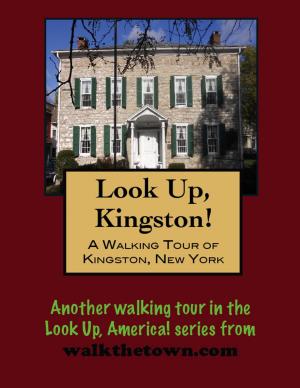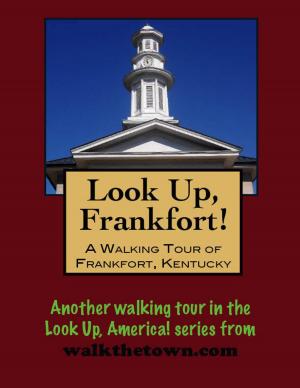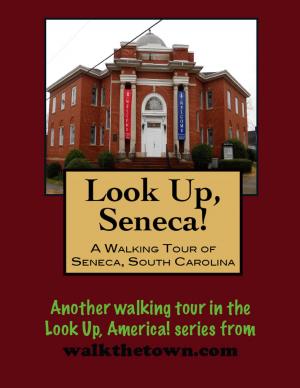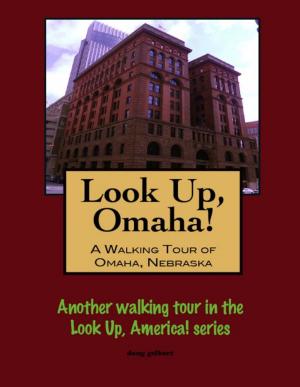| Author: | Doug Gelbert | ISBN: | 9781458115898 |
| Publisher: | Doug Gelbert | Publication: | March 5, 2011 |
| Imprint: | Smashwords Edition | Language: | English |
| Author: | Doug Gelbert |
| ISBN: | 9781458115898 |
| Publisher: | Doug Gelbert |
| Publication: | March 5, 2011 |
| Imprint: | Smashwords Edition |
| Language: | English |
There is no better way to see America than on foot. And there is no better way to appreciate what you are looking at than with a walking tour. This walking tour of Pendleton, South Carolina is ready to explore when you are. Each walking tour describes historical, architectural landmarks, cultural sites and ecclesiastic touchstones and provides step-by-step directions.
Every tour also includes a quick primer on identifying architectural styles seen on American streets.
The Town of Pendleton comprises the majority of the 6,316 acre Pendleton Historic District, created in 1970 as one of the nation’s first and largest historic districts. On April 8, 1790, the Justices of the Peace for Pendleton County purchased this land to establish the courthouse town of Pendleton. Once Cherokee Indian land, the town became the judicial, social and commercial center for what now are Anderson, Oconee and Pickens Counties. Pendleton is the Upstate’s oldest town and is basically unchanged since it was laid out over 200 years ago.
Pendleton is to South Carolina’s frontier Up Country what Charleston, Beaufort and Georgetown are to the Low Country. From Indians days onward, especially through the Revolutionary period and the century following, Pendleton has played a part in state and national development. For many years, Pendleton was the center of business, culture, and government in the northwestern part of the state. Its position at the crossroads of the Cherokee Trading Path into the Low Country with the Catawba Path into Virginia made it accessible to traders from both directions; its climate attracted wealthy coastal planters seeking a breather from humid summers.
While other South Carolina municipalities relied on the railroad for economic development, the diversion of primary railroads from Pendleton helped to preserve the scale of the town. Today, many of the once thriving rail towns have dysfunctional centers split by seldom used rail lines as the train has fallen out of favor over time. Conversely, Pendleton has suffered little from the railroad’s demise. Similarly, so far the town has escaped the commercial development that follows heavily-traveled roads and interstate highways.
The community was noted for fine cabinet and carriage makers; for ironworking; for the raising of fine livestock. The historic sites and structures of Pendleton have survived despite periods of economic decline and limited growth over the past 150 years. Dogwoods line many streets. Massive cedars and oaks are dominant throughout the area. More than 50 buildings of 18th and 19th century significance remain, the majority within the town limits. The district includes more than a dozen historic sites and numerous museum items.
Our walking tour of this timeless town in 2010 will look pretty much like it would have in 1860 and we’ll begin under the shade trees of the Village Green...
There is no better way to see America than on foot. And there is no better way to appreciate what you are looking at than with a walking tour. This walking tour of Pendleton, South Carolina is ready to explore when you are. Each walking tour describes historical, architectural landmarks, cultural sites and ecclesiastic touchstones and provides step-by-step directions.
Every tour also includes a quick primer on identifying architectural styles seen on American streets.
The Town of Pendleton comprises the majority of the 6,316 acre Pendleton Historic District, created in 1970 as one of the nation’s first and largest historic districts. On April 8, 1790, the Justices of the Peace for Pendleton County purchased this land to establish the courthouse town of Pendleton. Once Cherokee Indian land, the town became the judicial, social and commercial center for what now are Anderson, Oconee and Pickens Counties. Pendleton is the Upstate’s oldest town and is basically unchanged since it was laid out over 200 years ago.
Pendleton is to South Carolina’s frontier Up Country what Charleston, Beaufort and Georgetown are to the Low Country. From Indians days onward, especially through the Revolutionary period and the century following, Pendleton has played a part in state and national development. For many years, Pendleton was the center of business, culture, and government in the northwestern part of the state. Its position at the crossroads of the Cherokee Trading Path into the Low Country with the Catawba Path into Virginia made it accessible to traders from both directions; its climate attracted wealthy coastal planters seeking a breather from humid summers.
While other South Carolina municipalities relied on the railroad for economic development, the diversion of primary railroads from Pendleton helped to preserve the scale of the town. Today, many of the once thriving rail towns have dysfunctional centers split by seldom used rail lines as the train has fallen out of favor over time. Conversely, Pendleton has suffered little from the railroad’s demise. Similarly, so far the town has escaped the commercial development that follows heavily-traveled roads and interstate highways.
The community was noted for fine cabinet and carriage makers; for ironworking; for the raising of fine livestock. The historic sites and structures of Pendleton have survived despite periods of economic decline and limited growth over the past 150 years. Dogwoods line many streets. Massive cedars and oaks are dominant throughout the area. More than 50 buildings of 18th and 19th century significance remain, the majority within the town limits. The district includes more than a dozen historic sites and numerous museum items.
Our walking tour of this timeless town in 2010 will look pretty much like it would have in 1860 and we’ll begin under the shade trees of the Village Green...
